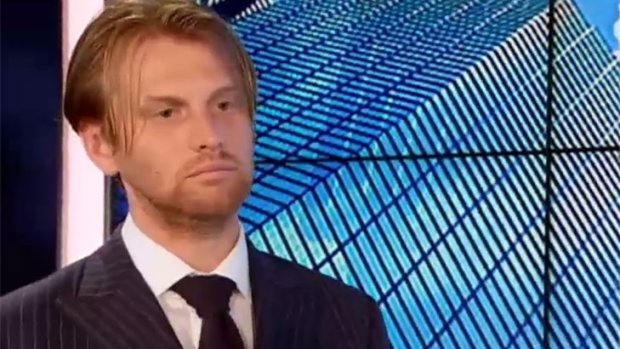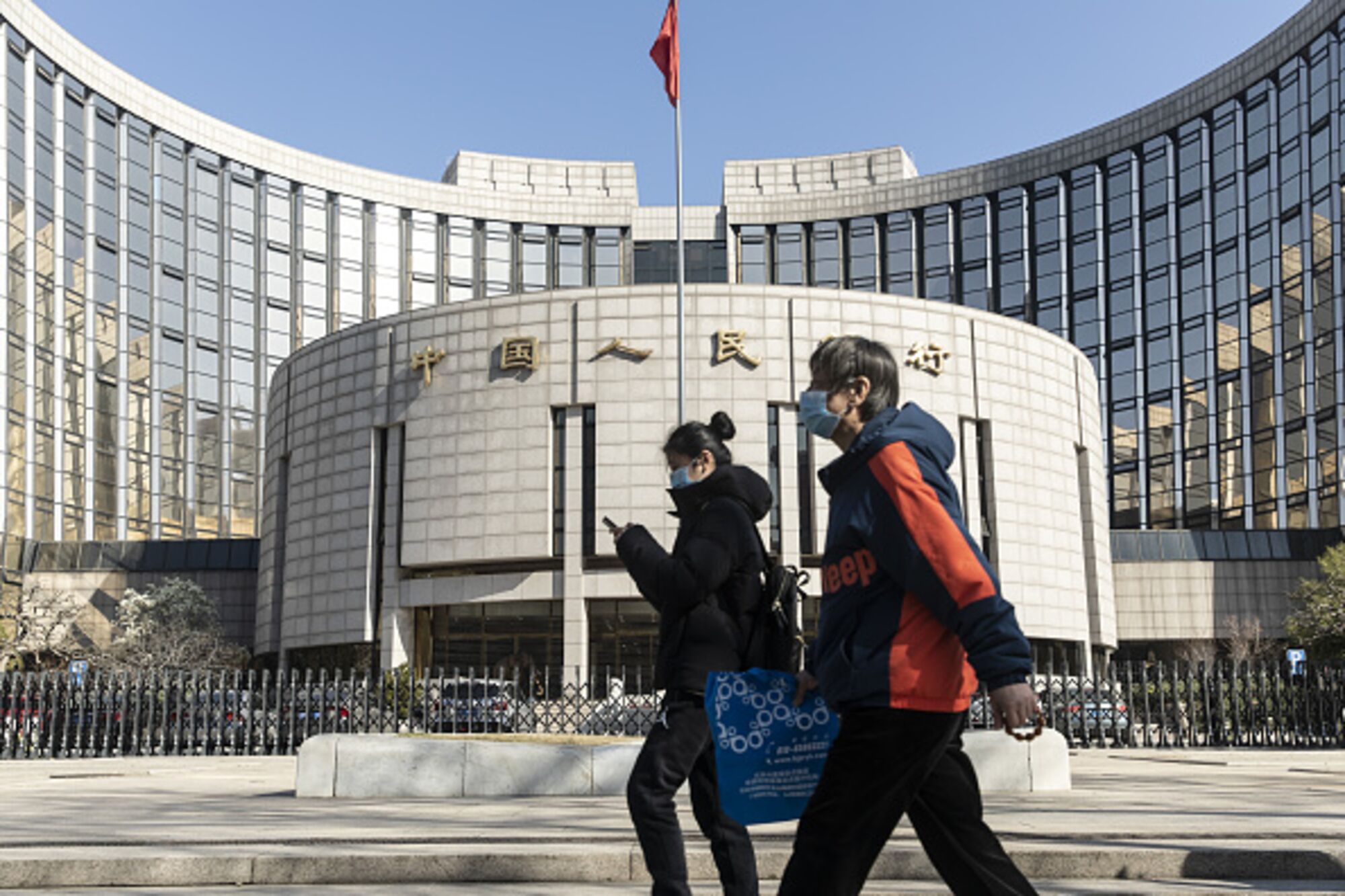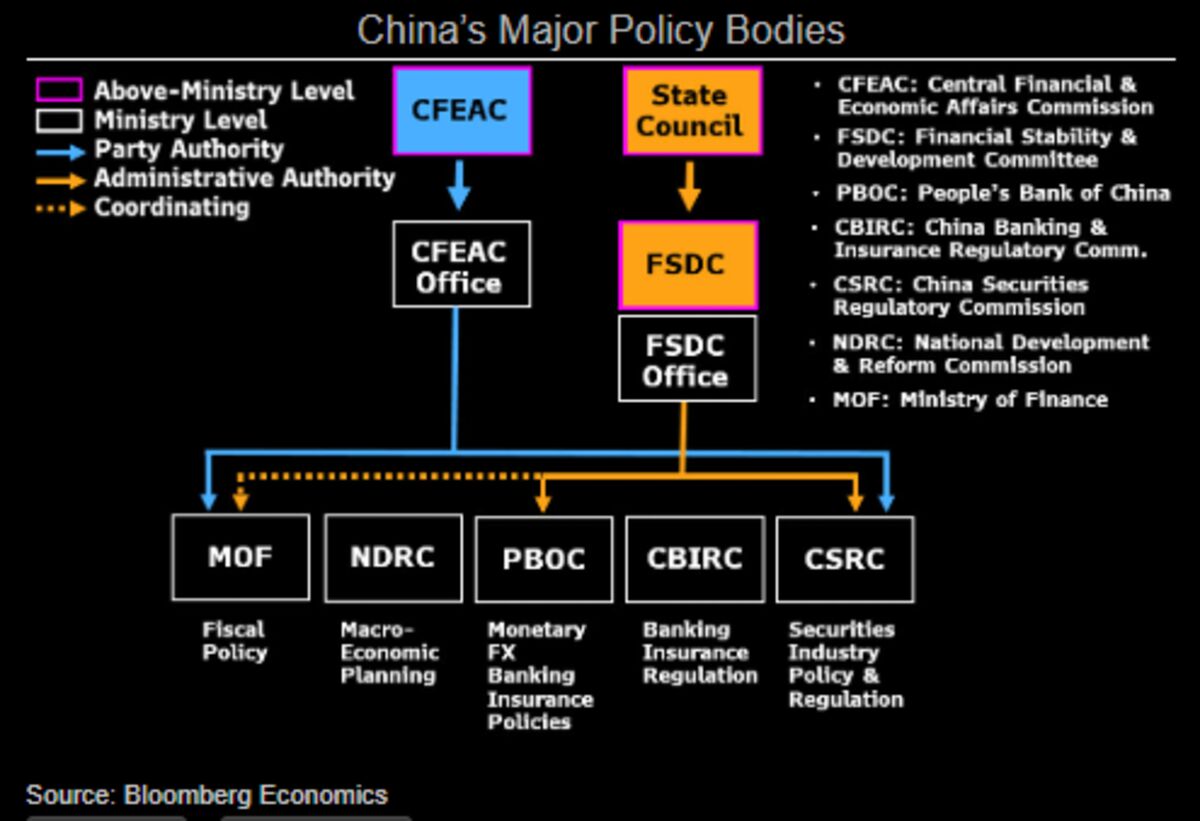IV. “Man is the measure of all things,” –
Protagoras.
It is not closed systems that
lead to totalitarian praxis; it is rather totalitarian praxis that engenders
closed systems. The human ability to measure the world ab-solutely –
that is to say, without subordination to any legal rule or moral goal, in
complete abstraction from the experiential content of the measurement, of its
application – allows that fatal combination of convention and hypothesis – the
Weberian exakte Kalkulation – that leads to totalitarian stagnation and
paralysis. (We shall tackle this degeneration of Weber’s conception of
Zweck-rationalitat [purposive rationality] shortly.) The combination of
convention and hypothesis is unique in the history of humanity and the history
of social theory. It can be traced, as we have seen, to the extrapolation of
Euclidean mathematical axioms to social relations operated first by Thomas
Hobbes at the very beginning of the whirlwind rise of the capitalist
bourgeoisie in Europe. The convention of logico-mathematics, in its
absolute con-ventionality – because of its irresistible “meeting of the minds”
that, in reality, requires no explicit agreement because it is a tautology – is
entirely democratic in that it is accessible to, and can be utilized by,
every human being. – So much so that, as we also pointed out, it was used by
Hobbes’s Renaissance contemporaries, Mercier and Grotius, as admonishments to absolutist
monarchs that even their earthly and divine powers were subject to it; indeed,
God himself could not avoid the truth of logico-mathematical deduction.
Yet, if this logico-mathematical
tool can be applied to real objects, to the human social and natural
environment, then we find that the application of this convention to our
life-world turns into a hypothesis that can make our operari in
this world predictable and therefore repeatable almost
indefinitely – to such an extent that this hypothesis is no longer a reflection
of a reality that stands independent of, and even opposed to, our perceptions,
but one that in fact, through our very actions (Latin, facere, to do, to
act), is a reified product of our
intentions and actions. The hypothesis becomes therefore a project on the
world, a “framing” of reality, a reification of our objectification.
The seemingly democratic
universality of logico-mathematical conventions, when combined with the
purposive project of the hypothesis turns into a dramatically powerful, fearsome
thoughtless technique that can lead to serious and potentially seriously
harmful consequences for individuals and societies alike. Apply with care, the
warning should sound. Yet, this is not the case where bourgeois economic
analysis is concerned. Here, the hypothesis implicit in the bourgeois project is
indeed to reify human social relations of production as if they were the
outcome of a clash between human free-dom understood as unlimited possessive
individualism where the wants and needs of individuals are constrained and
bounded only by the conflicting egoistic needs and wants of other atomic
individuals on one side and by the physical limits imposed by the natural
environment – by the scarcity of natural resources – on the other side. It is
thus that bourgeois theory opposes human freedom understood as egoistic
free-dom to the necessity of the Other, understood as the constraints of
nature and society. Hence, freedom is seen not in its political
dimension, as the opposite of coercion, and therefore as “reconcilable”,
but rather in a reified physical sense as eternally ineluctable necessity.
In other words, not only is society interpreted as an obstacle to human
volition, but nature itself is transfigured into an enemy of individual
acquisitiveness and possession – as if the environment were not an extension of
human being but rather its greatest opponent, - a realm to be conquered, an
enemy to be defeated, a foe to be vanquished.
When we examine the salient
features of equilibrium analysis as a hypothesis, then as a project, we notice
that the only interactions it considers are the exchanges of goods
between individuals in a purely formal manner because only relative
prices are concerned, and therefore the exchanges are seen in their purity, without
production of the goods, as pure exchanges per se, as pure
relations between individuals inter se. Because equilibrium analysis as
a system of simultaneous equations can fix only the relative ratios of exchange
of already produced goods already owned by its atomic egoistic agents – which
is why they are called “endowments” -, it excludes axiomatically both the
material interest that the market agents compete over, and then also
leaves out the material process of production that leads to the
procurement of this interest, and therefore is an essential part of that
interest – for these two reasons, its confinement to exchange per se (leaving
out the nature of the interest) and individual relations inter se
(leaving out the material process of production), equilibrium analysis becomes totalitarian
in that it excludes all material metabolism or change in social relations of production
as well as of exchange, and consequently excludes all transformation
of the economic system and all freedom on the part of human beings to shape new
forms of social interaction, new “economic systems”. There is no change
in the ex-change examined by equilibrium analysis!
Equilibrium analysis is a “closed
system” also and perhaps above all in this specific sense: by abstracting from
the metabolic process of production, from the complex interaction of human
needs between human beings (going beyond exchange per se) and its
metabolization through their interaction with the environment (going beyond
human relations inter se), equilibrium analysis reifies the social
relations of production into insubstantial formal exchanges that have no
material basis whatsoever, that exclude our interaction with the environment,
with the nature of which humans are a part. This is the extreme subjectivism
– indeed, a solipsism! – akin to the Protagorean stance whereby “man is
the [egoistic] measure of all things” which isolates humans as selfish dominators
and abusers of their environment, of their life-world - of both nature and
its human component, society. (In Fichtean terms, this is the annihilation
of nature [cf. Jacobi’s letter to Fichte where the word was used first].) As
Adorno put it,
Nature,
with which men have had to struggle in history, is disdainfully pushed aside…
Thus, history becomes transformed into a second nature, as blind, closed, and fateful as any vegetable life…If this is ignored, if the world is treated as a pure
manifestation of the pure essence of man, freedom becomes lost in the
exclusively human character of history. Freedom develops only through the
resistance of the existent; if freedom is posited as absolute and the human
spirit is raised to a governing principle, that principle itself falls prey to
the merely existent. (T. Adorno, Prisms, p.68)
It is “the
transformation of history into a second nature” that induces the
misconception of freedom as the opposite of necessity rather than coercion.
Hence, there are several reasons why orthodox economics prefers the Schemata
(formal modeling) of equilibrium analysis to the market process of Austrian
economics or even macroeconomic approaches such as Keynesianism, let alone the
more radical theories of Marxian critique . The first and foremost is that
formal analysis, by concentrating on relative prices and therefore exchange
over production, hides the real political antagonism of capitalist
social relations of production, between dead labour (wages) and living
labour. The second is that the mathematical equivalence of market prices
with individual preferences (or utility) creates the impression of precision
and predictability, and therefore of “objectivity”, which in turn reflects the ostensible
political “neutrality” of the Schemata, their faithful impartial
reflection of “social reality” and, above all, the adherence of the “market
system” to a convergence of interests (a “spontaneous order”) between its
participants that maximizes their individual and collective wealth and ensures
both commutative and distributive justice. Ultimately, the third reason, by
ensuring the just consensus of market agents, these Schemata supposedly also
guarantee the endurance of the rule of law and of democratic institutions – the automatic and axiomatic rules of the
self-regulating market - precisely so long as these do not disturb or interfere
with the operation of the market mechanism and ultimately upset “market
equilibrium”. Thus, the equilibrium is not just economic – in terms of
wealth – but is also political in terms of maintaining justice and
preserving freedom. This osmotic homologation of the Political and the Economic
is behind the original designation of economic theory as Political Economy.
The
conditions of equilibrium, of economic society understood as a totality, as a whole,
are so antithetical to the egoistic interests of the particular agents
that an exogenous Guarantor must be excogitated - not to reconcile
these interests, which is logically impossible, but rather to enforce
them dictatorially! There can be no real convergence of interests
in equilibrium: consequently, its totality is a “closed totality” in which the
whole – the equilibrium – is a pure set of simultaneous mathematical
equations and for that reason alone it cannot reconcile the interests of its
component particulars or individual agents, except forcefully,
through an external intervention, through compulsion. But this dictatorial
enforcement must also penetrate every aspect of social reproduction because, as
we showed earlier, the Dictator or Sovereign or deus absconditus or deus mortalis or auctioneer enforcing
the rules must ensure, first, that he is fully informed about both the endowments
possessed by the individual agents as well as their utility schedules or
preferences; second, that there is no collusion between agents to obtain
momentary inter-equilibrium advantages (perfect competition); and third, that
the egoistic agents actually proceed with the exchanges at the relative prices
determined by the closed system at the end of the tatonnement or
“groping” process to determine the final relative prices of exchanged goods.
But in reality,
in the historical sphere of human social relations, any legitimate and
harmonious totality can be realized not through totalitarian dictatorship, but
rather if and only if it comprehends
(contains and understands) and fulfils (satisfies and quells) the needs
of the particulars or individuals it represents. To invoke Adorno once more,
If,
as Hegel argues, the whole is what is true, then it is so only if the
force of the whole is absorbed into the knowledge of the particular…[S]ocieties
based on domination have in fact always crystallized into closed totalities
which allow no freedom for anything individual; totality is their logical form,
(ibid., p.61).
Closed
systems “allow no freedom for anything individual” in the sense that they
preclude and expunge any and all human spontaneity and innovation. But above
all, closed systems do not provide a means of reconciling the initially
divergent interests of its individual agents precisely these egoistic interests
are axiomatically irreconcilable and do not allow for any specific human
inter-est (inter homines esse), for any commonality of being among
humans. Indeed, it is the axiomatic exclusion of innovation that prevents any
escape from the false prison of possessive individualism intrinsic to
equilibrium analysis in economics. As we demonstrated earlier, equilibrium
analysis is totalitarian also in the sense that only exchanges of existing
goods are considered; consequently, there is no logical room for the production
of new goods which would transform the very nature of the social relations
between the market agents in a qualitative sense.
The absence
of dynamic change or development, of transformation and transcrescence,
of metabolism – this absence requires that the sole sign of “movement”
in equilibrium analysis as a closed system, as a Statik, as an
unchanging static system, can be attributed only to a constant “circular flow”
– a Schumpeterian “Kreislauf” – that preserves the Statik equilibrium
of the system whilst at the same time allowing for its steady-state “renewal”.
Nonetheless, the circularity of this flow ensures that it remains
a Statik lacking any Dynamik – as Schumpeter proved conclusively.
We would go further and replace Schumpeter’s term “Dynamik” with metabolism
because the term “dynamic” was later used or abused by the likes of Harrod (Toward
A Dynamic Economics) and Robinson (The Accumulation of Capital) with
the application of dis-equilibrium analysis applied to “long-term” factors in
contrast to John Hicks’s adaptation of short-term disequilibrium in Value
and Capital. Of course, it was this explicit devastating critique of
Walrasian equilibrium that provided the stimulus for Schumpeter’s entire
“theory of economic development” or Ent-wicklung
(trans-crescence) with its cognate concepts of Dynamik as against Statik,
of creative destruction and innovation. The same can be said of the attempts by
the rest of the Austrian School to introduce market process as a type of
inter-temporal equilibrium that seeks to remove the asphyxiating
totalitarianism intrinsic to closed-system economic analysis. The fact that the
Austrian School was ultimately reluctant to dispense with the notion of
equilibrium altogether, as we shall see, points to an inability intrinsic to
its theoretical conception of economic activity.














